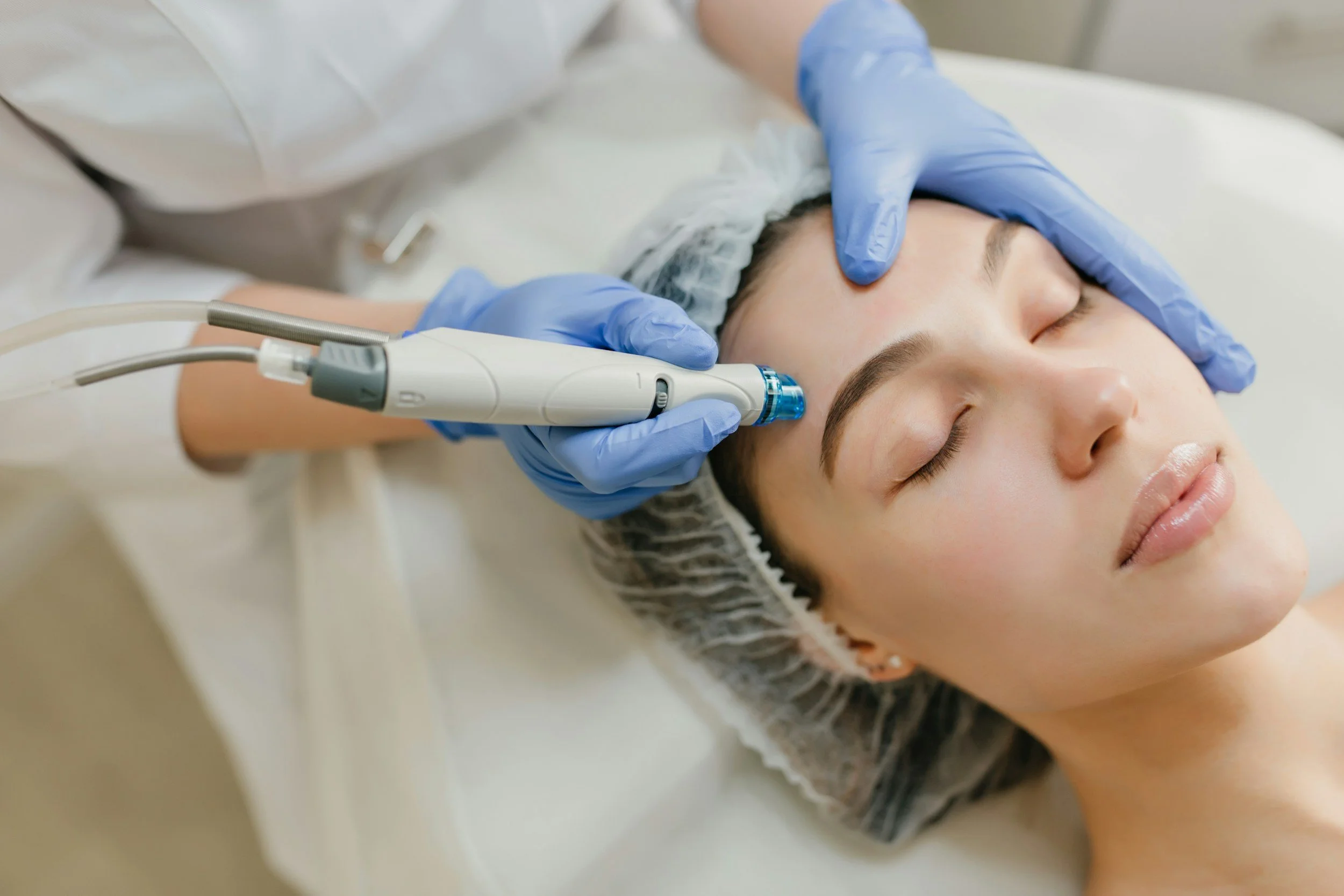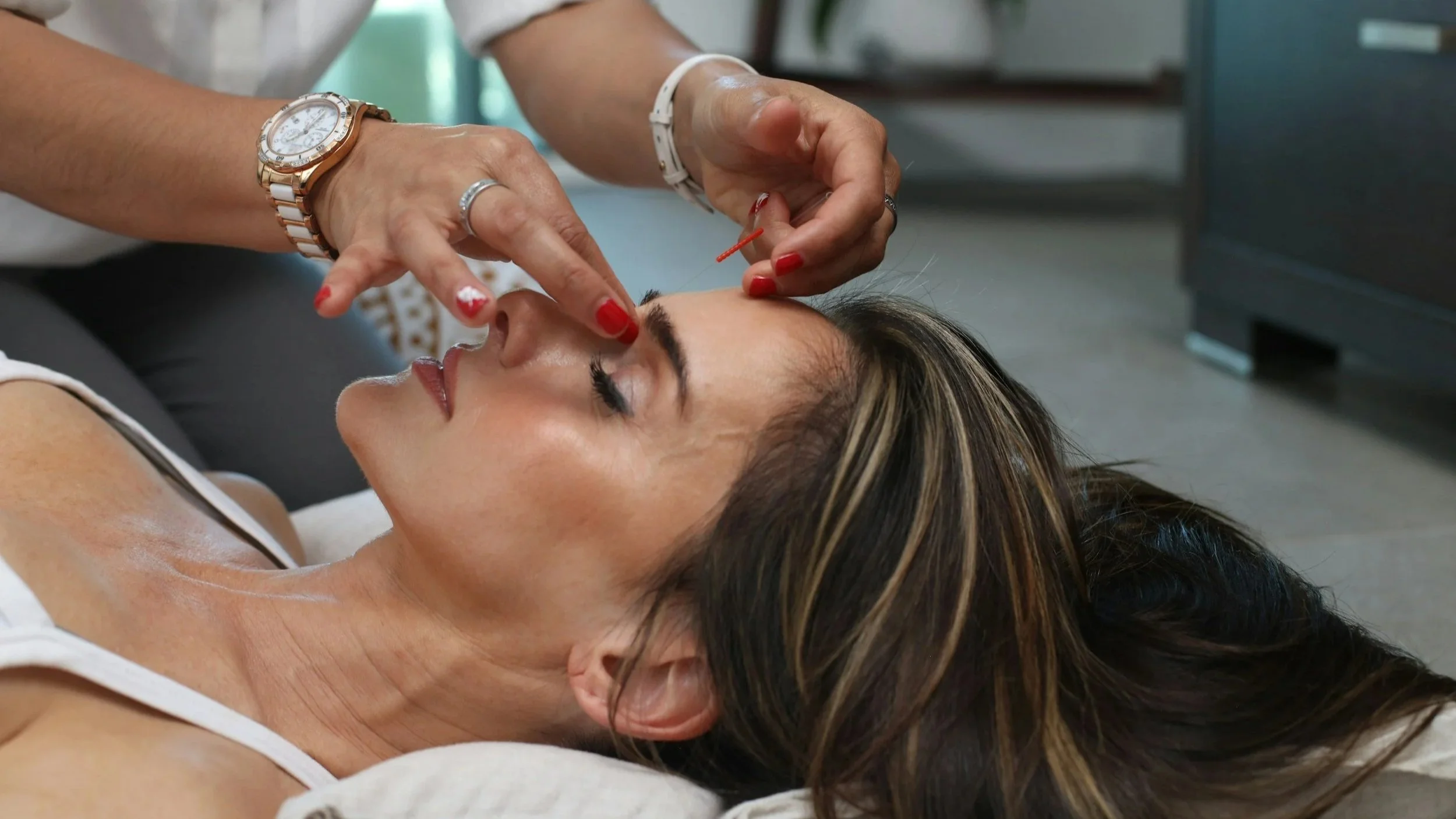Med Spa Paid Advertising: How to Fill Your Consult Calendar Predictably in 2025
Med spas live and die by consult volume. You can have the best treatments, staff, and reputation, but if your paid ads aren’t delivering qualified booked consults, you’re wasting budget and leaving revenue on the table.
This isn’t about throwing more money at Google or Instagram. It’s about building a simple, predictable paid advertising funnel that:
Brings in the right prospects
Turns them into scheduled consults
Recovers the ones who fall through
And proves demand before you scale
In this guide you’ll get a step-by-step framework for med spa paid advertising in 2025: what to prioritize, how to structure campaigns, how to measure real patient acquisition, and what to do next. If you’re spending on ads and still seeing gaps in your consult calendar, this is the funnel fix.
What’s leaking your consult pipeline?
If your ads are getting clicks but your calendar still has gaps, the issue isn’t traffic—it’s the funnel. Common problems high-ticket elective medical practices face:
People visit your site, but few actually book consults.
Interest arrives, appointments don’t. Something breaks between click and calendar.You don’t know which ads or channels are bringing real patients.
Without clarity you keep guessing where to spend next.Missed appointments and almost-booked leads disappear.
No-shows and near-misses vanish unless you have a recovery path.Each high-ticket consult feels too expensive because you’re guessing what works.
If you don’t know your real cost per consult, every dollar risks being wasted.You’re scaling before proving there’s real patient demand.
Turning up spend on an unvalidated funnel doubles down on inefficiency.
If any of that sounds familiar, stop increasing budget and fix the journey from ad click to booked consult. Start by diagnosing what’s leaking with a free audit: Request Your Growth Audit.
Step 1: Get the foundation right — offer, funnel, and value
Before you launch ads, align three things: the consult offer, the patient funnel, and the math behind what makes it profitable.
Define a consult offer that feels valuable.
High-ticket patients need confidence before they book. Position the consult as a real next step, for example:
“Free skin analysis and personalized treatment roadmap”
“VIP cosmetic consultation with transformation preview”
“Limited availability procedure strategy session”
Map the acquisition funnel:
Ad click → landing page with clear messaging, minimal friction form, and social proof.
Optional pre-qualification questions to tailor the consult and filter low-intent traffic.
Booking flow with instant confirmation plus email/SMS reminders.
No-show recovery sequence that re-engages missed appointments.
Consult-to-procedure conversion path (upsells, follow-up nurturing).
Know your numbers before you spend:
Target cost per booked consult
Consult-to-procedure conversion rate
Average procedure value
Acceptable acquisition cost based on those inputs
When offer, funnel, and value metrics align, every ad dollar has a defined ROI path instead of being a blind throwaway.
Step 2: Paid media tactical stack for med spas
Stop buying traffic. Start buying booked consults. Here’s the stack that works together.
Google Search (intent-driven demand)
People actively searching for treatments are the highest intent. Target keywords like:
“med spa consultation near me,” “Botox consultation [your city],” “laser skin resurfacing consult,” “CoolSculpting appointment,” “cosmetic procedure strategy session.”Use exact and phrase match to limit waste.
Ad copy should lead with urgency and value:
“Limited consult slots,” “Free initial evaluation,” “Custom treatment plan.”
Use extensions: sitelinks (procedures, before/after), callouts (“Free consult”), structured snippets (services offered).
Track form submits, phone calls, and calendar bookings so you can tie actual consults back to each keyword and campaign.
Meta / Instagram (trust + retargeting)
Not every lead converts on first touch. Use social to build trust, surface transformation proof, and pull people back:
Cold ads: show before/after, testimonials, and limited consult availability.
Retarget: visitors who viewed the booking page or began the form get follow-up ads like “Still available—book your consult” or “See what other patients are saying.”
Creative: short videos, carousel of results, quick patient stories.
CTA: “Book Your Free Consult” or “Claim Your Audit Session.”
Programmatic / Display Retargeting
Near-miss traffic can convert if you re-engage it. Retarget people who dropped off before booking with a sequence:
Reminder (“You didn’t finish booking”)
Social proof (“Here’s what other patients experienced”)
Scarcity (“Limited audit/consult spots left this week”)
Cap frequency so you stay top-of-mind without fatigue.
Funnel reinforcement
Add a tiny personalization step (“Which treatment are you interested in?”) to increase commitment.
Send email + SMS confirmations to reduce no-shows.
If a consult is missed, automatically follow up: “We missed you—reschedule here” with a simplified link or incentive.
Measurement & attribution
You can’t optimize what you can’t see. Use UTMs, call tracking, and conversion tags to attribute booked consults to sources. Build a simple performance dashboard that shows:
ad spend → booked consults → procedures → revenue.
Watch cost per consult and the downstream value so decisions are based on real return, not vanity stats.
Step 3: Launch, validate, then scale
Most med spas waste money by scaling before proving the system works. Here’s the smarter sequence:
Run a 30-day pilot (the “Launch & Fill Accelerator”): validate you can book consults at an acceptable cost with tight search targeting, your landing funnel, and a retargeting layer.
Collect real data: measure cost per consult, consult-to-procedure conversion, no-show loss, and revenue per patient.
Refine: improve landing page, creative, qualification questions, and follow-up flows based on actual performance.
Scale: increase spend on what’s working, layer in adjacent channels (broader Meta, local awareness, even CTV for flagship procedures), and lock in consistent consult volume.
When you can say, “We proved demand, here’s the cost per consult, here’s the revenue path,” further investment becomes a clear and defensible move.
Step 4: Common mistakes med spas make (and how to avoid them)
Chasing clicks instead of consults. More traffic means nothing if appointments aren’t booked.
No recovery plan. Near-miss visitors and no-shows silently drain your acquisition spend.
Scaling without proof. Big budgets on unvalidated funnels multiply waste.
Ignoring attribution. Without knowing which source booked the consult, you’re guessing where to invest.
One-size-fits-all creative. Different treatments and audiences have different objections; generic ads underperform.
Fix those, and your paid media becomes an engine that reliably fills consult calendars instead of a leak.
Step 5: What to do next
Request a free Growth Audit to identify your biggest leaks: https://barbeemedia.co/elective-medical-growth#audit-form
Run the 30-day Launch & Fill Accelerator pilot to validate demand.
Optimize with real data: refine ads, landing pages, and follow-up.
Scale confidently: increase budget on winners and layer in recovery and additional channels.
If you’re still pouring dollars into ads and your consult calendar is empty, pause. Fix the funnel, prove the model, then scale!



